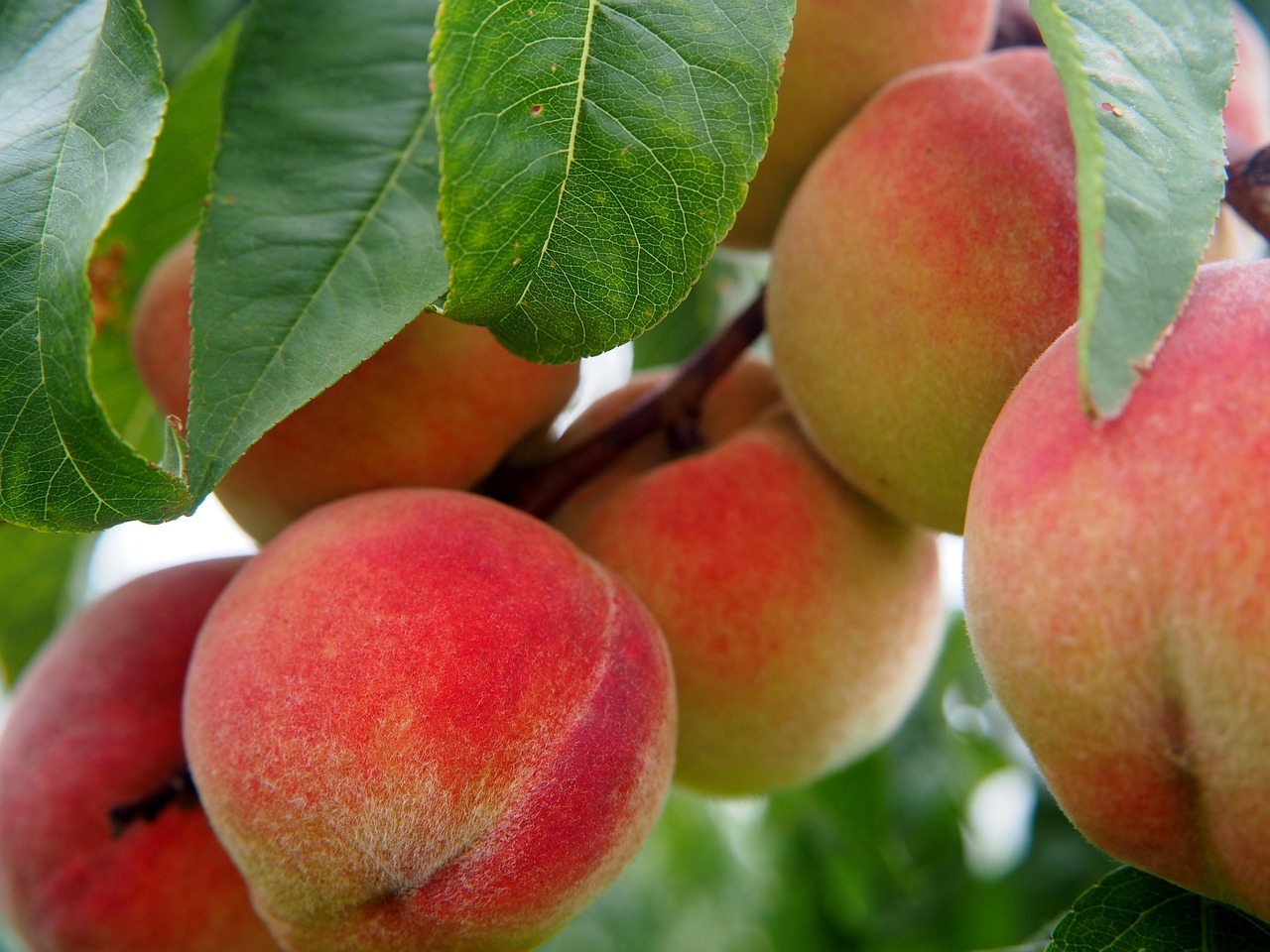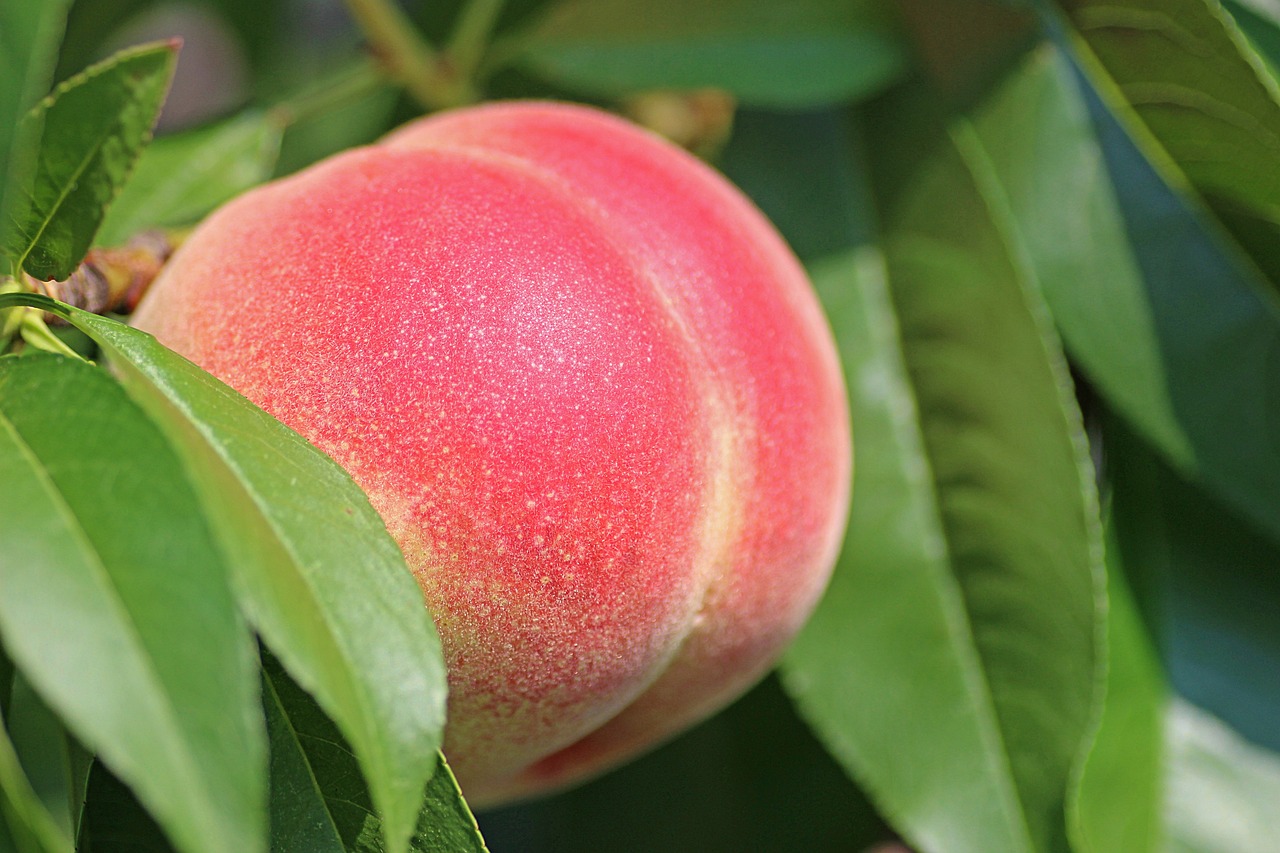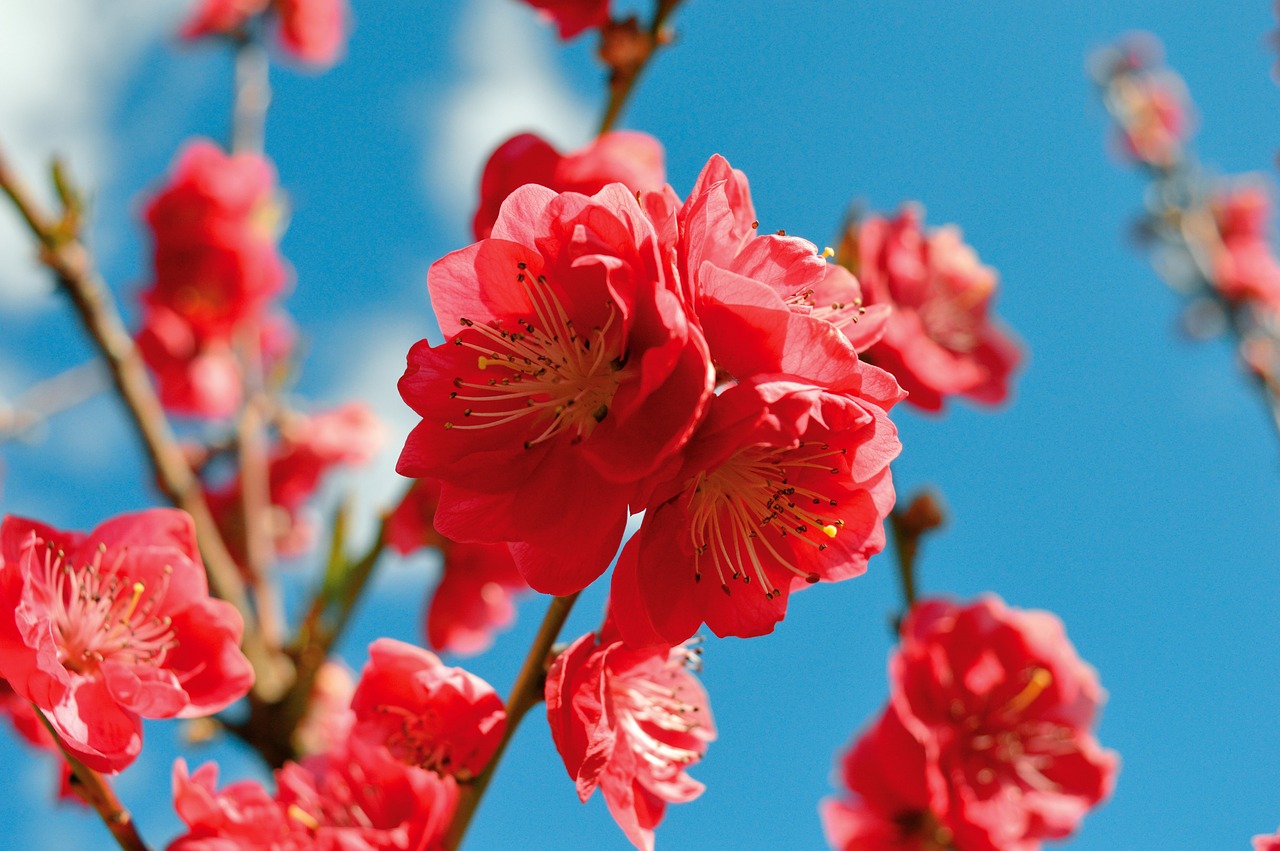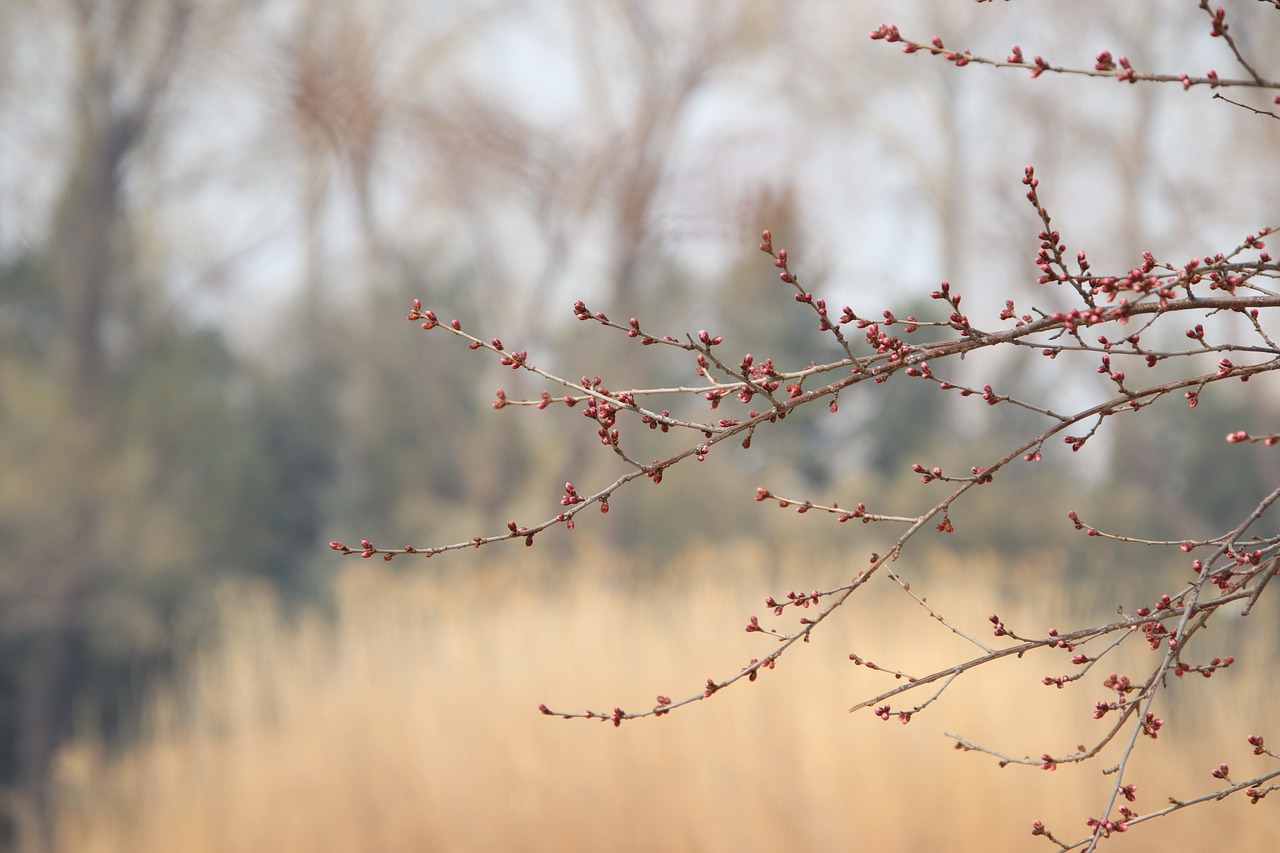The growth rate of peach trees varies based on the variety and growing conditions, but generally, they can achieve a height of 15 to 25 feet and begin producing fruit within 3 to 4 years. Optimal care can lead to juicy summer harvests with a peak yield occurring around 5 to 6 years after planting.
Understanding Peach Tree Growth
Peach trees are beloved for their sweet, juicy fruits. To cultivate these trees successfully, it’s essential to understand their growth rate and requirements. Knowing how fast they grow helps gardeners plan for future harvests and manage their care effectively.

Peach trees thrive in warm climates with plenty of sunlight. They prefer well-drained, sandy loam soils that are rich in organic matter. The growth rate is influenced by several factors, including tree variety, soil quality, climate conditions, and care practices. Understanding these factors can significantly impact the health and productivity of your peach tree.
Factors Influencing Growth Rate
Several key factors affect the growth rate of peach trees. Each factor plays a role in determining how quickly a tree can reach maturity and produce fruit.
- Variety: Different peach tree varieties have different growth rates. Some may grow faster than others.
- Soil Quality: Nutrient-rich, well-drained soil promotes healthy growth.
- Climate: Peach trees need a certain amount of chill hours during winter to produce fruit effectively.
- Watering: Consistent watering during the growing season is crucial for healthy development.
- Fertilization: Proper fertilization can enhance growth rates and fruit production.
Pear Tree Growth Stages
Peach trees go through distinct stages during their growth cycle. Understanding these stages can help gardeners provide appropriate care at each phase.

| Growth Stage | Duration | Description |
|---|---|---|
| Seedling | 0-1 Year | The tree develops roots and begins to establish itself in the soil. |
| Juvenile | 1-3 Years | The tree grows rapidly in height and width but may not produce fruit yet. |
| Mature | 3-6 Years | The tree starts to bear fruit, with increasing yields each season. |
| Established | 6+ Years | The tree reaches full production capacity, yielding abundant fruit annually. |
In the seedling stage, peach trees are fragile and require careful attention. Once they transition into the juvenile stage, they begin to develop stronger trunks and branches. During this period, proper pruning and care are essential to form a robust structure for future growth. After about three years, most peach trees will start producing fruit.
Optimal Conditions for Growth
To maximize the growth rate of peach trees, certain conditions should be met:
- Sunlight: At least 6-8 hours of direct sunlight daily.
- Watering: Regular watering is critical, especially during dry spells.
- Pest Management: Monitoring for pests and diseases can prevent damage and promote healthy growth.
- Pruning: Annual pruning improves air circulation and sunlight penetration, encouraging growth.
By ensuring these optimal conditions, gardeners can support their peach trees in reaching their full potential, leading to productive harvests. Understanding the specifics of peach tree growth will help anyone looking to enjoy delicious peaches during the summer months.

Pest and Disease Management for Peach Trees
Managing pests and diseases is crucial for ensuring the healthy growth of peach trees. These trees can be susceptible to various insects and diseases that can hinder their growth rate and fruit production. Understanding common threats and implementing effective management strategies can help keep your peach trees thriving.
Common Pests Affecting Peach Trees
Several pests are known to target peach trees. Awareness of these pests can aid in early detection and control. Here are some of the most common ones:
- Peach Tree Borer: This insect bores into the trunk of the tree, creating holes and causing damage.
- Spider Mites: Tiny arachnids that feed on leaves, causing stippling and yellowing.
- Aphids: Small, soft-bodied insects that suck sap from leaves and stems, leading to stunted growth.
- Scale Insects: These pests appear as small bumps on branches and leaves, sucking nutrients from the tree.
Signs of Pest Infestation
Identifying pest infestations early can help minimize damage. Look for these signs:

- Wilting leaves or branches
- Visible insects on the tree
- Unusual holes or scars on the trunk and branches
- Discoloration or curling of leaves
Effective Pest Control Methods
Implementing control methods can help manage pests effectively while promoting the health of your peach trees. Here are some recommended strategies:
- Cultural Practices: Maintain good sanitation by cleaning up fallen fruits and debris that may harbor pests.
- Natural Predators: Encourage beneficial insects, such as ladybugs and lacewings, which feed on harmful pests.
- Insecticidal Soaps: Use these soaps to target soft-bodied insects like aphids and spider mites without harming beneficial insects.
- Pesticides: If infestations are severe, consider using organic pesticides as a last resort, following all safety guidelines.
Diseases Impacting Peach Trees
In addition to pests, peach trees can be affected by various diseases that may hinder growth and fruit yield. Recognizing and treating these diseases is essential for maintaining healthy trees.
Common Diseases of Peach Trees
The following diseases are commonly found in peach orchards:
- Peach Leaf Curl: A fungal disease that causes leaves to curl and become distorted.
- Bacterial Spot: This disease leads to dark lesions on leaves and fruit, which can cause premature leaf drop.
- Crown Gall: Characterized by galls or abnormal growths on the roots and lower trunk, it can severely affect tree vigor.
- Brown Rot: A fungal infection that causes fruit to rot and can spread rapidly in humid conditions.
Preventing and Managing Diseases
Preventive measures play a crucial role in managing diseases. Here are some effective strategies:
- Proper Pruning: Regularly prune trees to improve airflow and reduce humidity around the leaves.
- Copper Fungicides: Apply these fungicides in early spring before bud break to prevent diseases like peach leaf curl.
- Sanitation: Remove infected leaves and fruit promptly to prevent the spread of disease.
- Resistant Varieties: Choose disease-resistant peach tree varieties when planting to reduce susceptibility.
The Importance of Soil Health
The health of the soil significantly impacts the growth rate of peach trees. Healthy soil provides essential nutrients, proper drainage, and an ideal environment for root development. Here are some factors to consider regarding soil health:
Nutrient Requirements
Peach trees require a balanced supply of nutrients to grow vigorously. Key nutrients include:
- Nitrogen: Essential for leaf growth and overall vigor.
- Phosphorus: Important for root development and flowering.
- Potassium: Aids in fruit quality and resistance to diseases.
Soil Testing
Conducting regular soil tests can help determine nutrient levels and pH. This information is vital for making appropriate amendments. Adjusting soil pH to an optimal range of 6.0 to 6.8 will enhance nutrient availability.
Overall, maintaining healthy soil is vital for ensuring robust peach tree growth and encouraging fruitful harvests during the summer months.
Watering Practices for Peach Trees
Watering is a critical aspect of peach tree care. Proper hydration ensures that trees can grow vigorously and produce high-quality fruit. However, both overwatering and underwatering can lead to problems. Understanding the watering needs of peach trees is essential for optimal growth.
Watering Frequency
The frequency of watering depends on various factors, including soil type, weather conditions, and the age of the tree. Here are some guidelines:
- Young Trees: Newly planted peach trees require more frequent watering, typically every 7 to 10 days, especially during dry spells.
- Mature Trees: Established trees can be watered less frequently, about every 10 to 14 days, depending on rainfall.
- Soil Moisture: Always check the soil moisture before watering. The top inch of soil should be dry before adding water.
Watering Methods
Choosing the right watering method can enhance efficiency and effectiveness. Here are common methods used for peach trees:
- Drip Irrigation: This method delivers water directly to the root zone, minimizing waste and ensuring deep watering.
- Soaker Hoses: Soaker hoses allow water to seep slowly into the soil, providing consistent moisture.
- Hand Watering: For small gardens, hand watering can be effective, but it requires regular monitoring.
Signs of Water Stress
Recognizing signs of water stress can help in timely interventions. Look for these indicators:
- Curling or wilting leaves
- Premature leaf drop
- Stunted growth
- Cracking fruit or bark
Fertilization for Healthy Growth
Fertilization is crucial for providing peach trees with the nutrients they need to thrive. A proper fertilization schedule can significantly impact growth rates and fruit quality.
Types of Fertilizers
There are several types of fertilizers suitable for peach trees, including:
- Organic Fertilizers: Options like compost, manure, and bone meal improve soil health while providing nutrients.
- Chemical Fertilizers: These fertilizers offer quick nutrient availability but should be used cautiously to prevent over-fertilization.
- Slow-Release Fertilizers: These provide nutrients gradually over time and reduce the risk of leaching.
When and How to Fertilize
The timing and method of fertilization are important for maximizing benefits. Here are some guidelines:
- Early Spring: Apply fertilizers just before the growing season starts, as trees begin to emerge from dormancy.
- Follow Manufacturer Instructions: Always adhere to recommended application rates to avoid damaging the tree.
- Sidedressing: For established trees, consider sidedressing with fertilizer during the growing season to boost nutrient levels.
Signs of Nutrient Deficiency
Nutrient deficiencies can hinder growth and fruit production. Watch for these symptoms:
- Yellowing Leaves: Indicates a nitrogen deficiency.
- Purple Leaves: May suggest a phosphorus deficiency.
- Pale Fruit Color: Can indicate potassium deficiency affecting fruit quality.
Pruning Techniques for Peach Trees
Pruning plays a vital role in shaping peach trees and promoting healthy growth. Proper pruning techniques can enhance air circulation, increase sunlight exposure, and improve fruit quality.
When to Prune
The best time to prune peach trees is during the dormant season. Late winter or early spring, just before bud break, is ideal. This timing allows for easy visibility of the tree structure without leaves obstructing your view.
Pruning Methods
There are several pruning methods that can be employed on peach trees:
- The Central Leader Method: This technique involves maintaining a central trunk with lateral branches to create an open structure.
- Open Center Method: This method encourages an open canopy, allowing sunlight to penetrate and air to circulate efficiently.
- Thinning Cuts: Remove entire branches back to their origin to encourage better air flow and light penetration.
Post-Pruning Care
After pruning, it is essential to provide adequate care for the tree. Ensure proper watering and monitor for any signs of stress or infection. Applying a protective sealant on larger cuts can help prevent disease from entering through open wounds.
By following these watering, fertilization, and pruning practices, gardeners can significantly enhance the growth rate and overall health of their peach trees, leading to abundant summer harvests.
Harvesting Your Peaches
After all the hard work of planting, watering, fertilizing, and pruning, the time will come for the most rewarding part: harvesting your peaches. Knowing when and how to harvest can significantly affect the quality of your fruit.
Timing the Harvest
The ideal time to harvest peaches is when they are fully ripened on the tree. Here are some signs that indicate your peaches are ready for picking:
- Color: The skin should have a rich, vibrant color, depending on the variety. Yellow and red hues indicate ripeness.
- Firmness: Ripe peaches should yield slightly to gentle pressure. If they feel hard, they are not yet ready.
- Aroma: A sweet fragrance emanating from the fruit is a good sign of ripeness.
- Ease of Picking: Peaches should come off the tree easily with a gentle twist.
Harvesting Techniques
When harvesting peaches, it’s important to handle them carefully to prevent bruising. Here are some techniques:
- Use a Basket: Always use a soft basket to collect the peaches, ensuring that they have enough space to avoid crushing one another.
- Twist and Lift: Gently twist the peach while lifting it from the branch to avoid breaking stems.
- Avoid Picking in Wet Conditions: Harvesting when the fruit is wet can lead to bruising and fungal infections.
Post-Harvest Care
After harvesting, it’s essential to store your peaches properly to maintain their quality:
- Ripening: If harvested slightly under-ripe, place them in a paper bag at room temperature to speed up ripening.
- Refrigeration: Once fully ripe, peaches can be refrigerated for a short period to extend shelf life.
- Avoid Ethylene Gas Exposure: Keep harvested peaches away from ethylene-producing fruits like bananas and apples to prevent premature spoilage.
Common Challenges in Peach Tree Cultivation
While growing peach trees can be rewarding, it also comes with challenges. Being prepared for these challenges can make a significant difference in your success. Here are some common issues faced by peach growers:
Pest Infestations
Pests can quickly diminish the quality of your harvest. Implementing integrated pest management strategies can reduce risks. Regular inspections and early interventions are key factors in effective pest control.
Disease Outbreaks
Diseases like peach leaf curl and brown rot can devastate crops if not managed properly. Regular pruning, maintaining good airflow, and using resistant varieties are effective strategies for minimizing disease risk.
Environmental Factors
Extreme weather conditions such as heavy rainfall or drought can impact tree health and fruit quality. Utilizing mulch and proper irrigation techniques can help mitigate these effects. Monitoring local weather patterns will also assist in planning care strategies accordingly.
Final Thoughts
Cultivating peach trees requires knowledge, patience, and dedication. From selecting the right variety to understanding growth rates and optimal care practices, each step plays a crucial role in achieving juicy summer harvests. By focusing on soil health, proper watering, pest management, and timely harvesting, gardeners can enjoy bountiful crops year after year.
The journey from planting a seed to enjoying fresh peaches is immensely rewarding. With proper care and attention, you can ensure that your peach trees thrive and produce delicious fruit for many summers to come. Embrace the process, learn from each season, and enjoy the sweet rewards of your labor!
